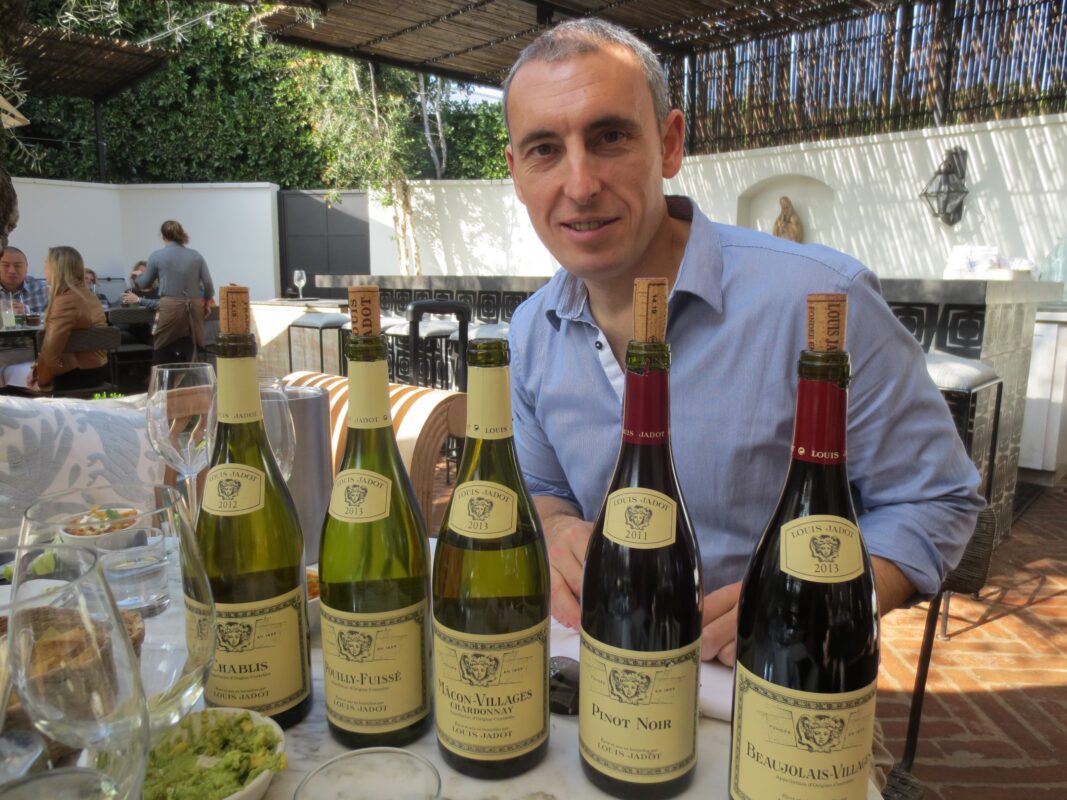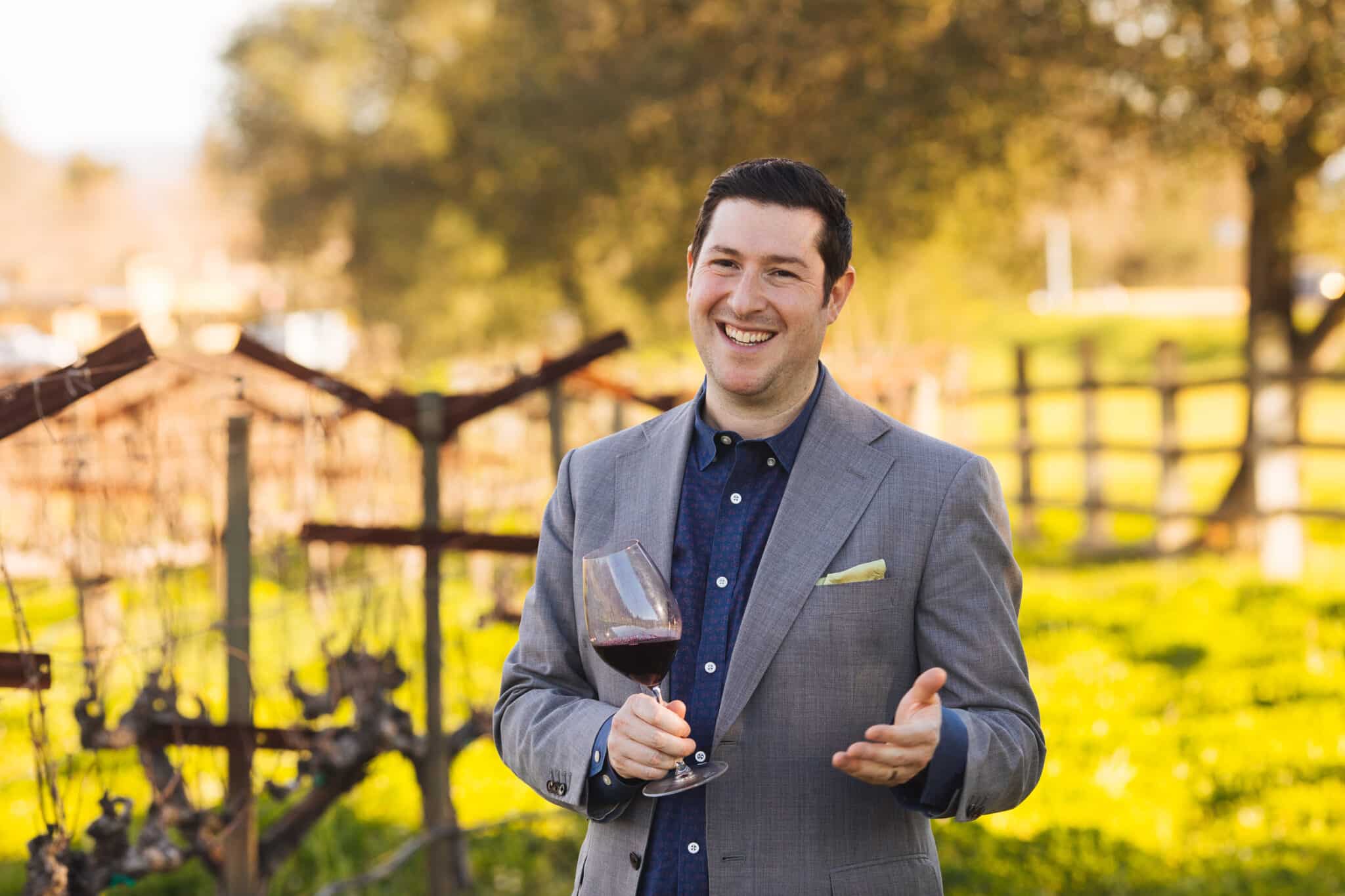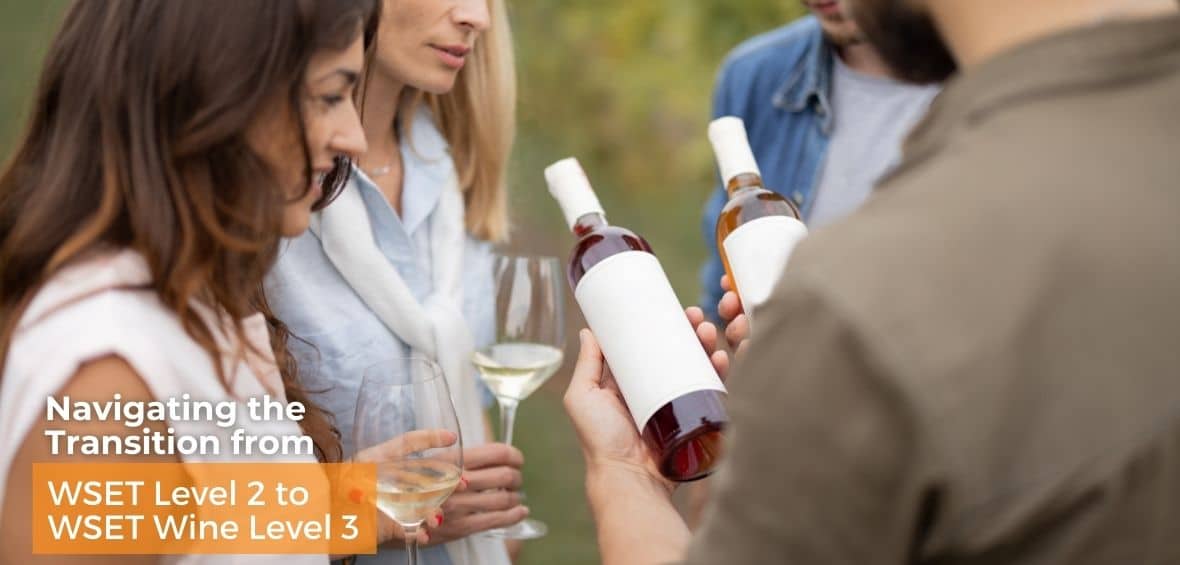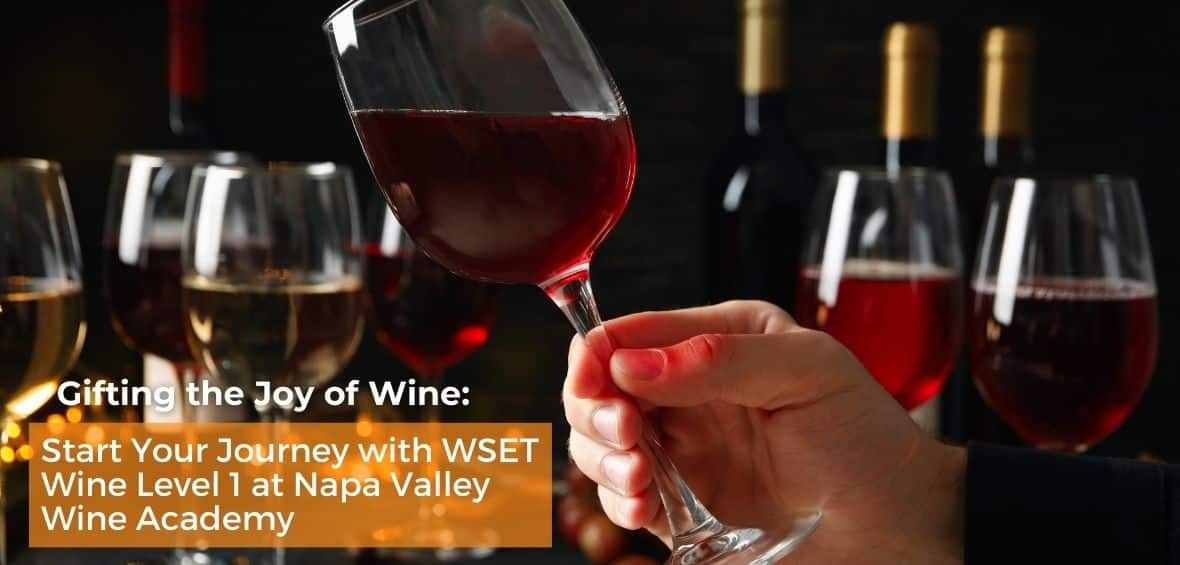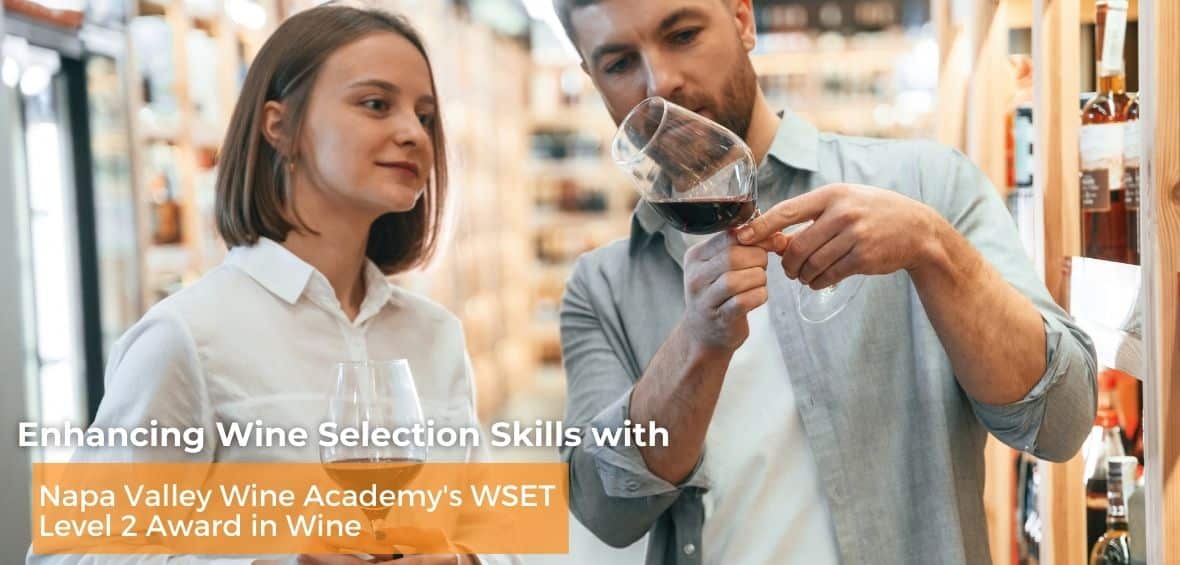When Frédéric Barnier, Technical Director of winemaking of the iconic Maison Louis Jadot winery in Burgundy, France visited Los Angeles earlier this year, I had the chance to meet with him over lunch at Gracias Madre. We enjoyed an array of haut vegan-Mexican fare along with a range of wines from Jadot’s entry-level offerings from Chablis, Pouilly-Fuissé, Mâcon-Villages, their Bourgogne Rouge and Beaujolais-Villages. From Chablis to Beaujolais, they produce several smaller production wines from coveted appellations–too many to list here, but detailed on Jadot’s website.
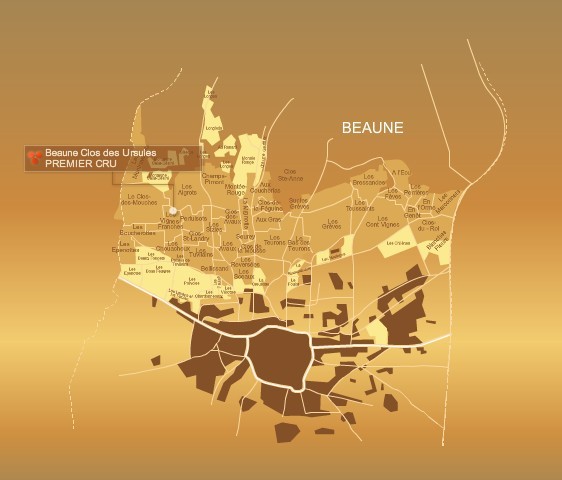
And just this past week, Wally’s Vinoteca in Beverly Hills, Los Angeles hosted a vertical tasting of Jadot’s Premier Cru “Clos des Ursules” from Beaune (scroll down for notes on the vertical tasting, below the interview with Barnier). This wine comes from vines growing in a walled in portion (see map above) of the Beaune Premier Cru “Vignes Franches,” which is a Monopole. The “Clos” was purchased in 1826 by Louis Henry Denis Jadot, and is solely owned by the Jadot Family. So, to be clear, Jadot owns a small vineyard, within a Monopole. This will all make sense once plowed through the WSET or taken the French Wine Scholar intensive.
For now, let’s get into this fun Q&A with Frédéric, who has an impeccable sense of humor, which comes through brilliantly in his heavily-accented English.
Jonathan Cristaldi, Editor-in-Chief, NapaValleyWineAcademy.com: Did you grow up in a winemaking family?
Frédéric Barnier: “I’m Originally from Brittany, not Burgundy. I’m the first one in my family to work in wine. My father worked in finance. I had this idea to follow in his footsteps, but I always saw him stressed… sometimes very stressed. And he’s clearly a wine lover–has a huge passion for wine. So, when I was younger, we always had a bottle of wine on the table. When it came time for me to think about a career he said, ‘You have possibilities: one is to follow the line or to do something very different.’ Which was a surprise for me.”
Q: I take it you didn’t go into finance?
“I went to the Agronomic School of Montpellier and studied viticulture and oenology. After school I had an opportunity to work in Burgundy in 1999 at Château de Chassagne-Montrachet. I ended up staying for a decade after which time I was offered an opportunity to come to Jadot by Jacques Lardière (who was winemaker for 42 years at Jadot), and it was something I could not pass up.”
Q: What was it like going from such a small production operation to Jadot?
“For me it was a fantastic opportunity–to work for Jadot is something special. So, it’s fantastic for me, let’s see if it’s fantastic for the wines! People think that when you produce volume you cannot be good. We know that, and it’s a challenge we like. And we know we can–and are proud to produce a number of cases of Mâcon-Village, a number of cases of good Bourgogne Pinot Noir, a number of cases of good Bourgogne Chardonnay and after that we have three barrels of Musigny and 20 barrels Clos Saint-Jacques, which are very special and we know the challenge is there because when we want it to be good here [indicating in the bottle and in the glass], it’s a lot of work.”
Q: We’re tasting through your regional appellation wines of Burgundy. How much of this do you produce?
“This is more than half of our production. We include Beaujolais-Village because we consider it belonging to the family of Burgundy. It’s true that the plain where we farm Bourgogne Pinot Noir and Chardonnay are not the best spots, but it means that when you want to produce 1 million bottles of Bourgogne Pinot Noir–to find good Bourgogne Pinot Noir is a real challenge. So you need to control a large part of what you produce. So we have a winery where we control the winemaking, we control the aging, and the way to make this wine is only a little bit different than the way you make a Musigny.
Q: Aside from volume, what exactly is the difference in making a Musigny AOC or a Bourgogne Rouge wine? Wouldn’t you want to produce the best wine possible, no matter what?
“Oui. I explain: with Musigny, you accept what it is. You accept the Musigny because with Musigny you don’t make the Musigny. The musigny is the Musigny because it’s like that. You have no choice in the grapes you pick–these are the grapes from that place, which you put in a tank, you put it in a barrel and you put the wine you have obtained in bottle–that’s it. So the idea is just to be precise, not to make a mistake. So it’s something very, very simple. To be clear, it’s not that we do nothing, it’s that we have to be very, very precise with everything, but we don’t impact the quality of the Musigny. We are not making the Musigny. The Musigny is made by itself.”
Q: That’s a profound idea. So, with the Bourgogne wines, you do have choices?
“Yes, exactly. On the Bourgogne Pinot Noir, on the Mâcon-Villages, here we have the choice to use ‘that element’ with ‘that element,’ to blend it, to age it eight months, 10 months, and of course what we do imparts much on that level of wine, because they have not the same strengths or the same energy as the greatest wines. So here it’s more fun because, voila! it’s a challenge, you have elements on the table and you play with the samples.”
Q: Jadot has its own cooperage?
“Yes, we use a large part of oak in Pouilly-Fuissé and for our Bourgogne Chardonnay. About 40 percent for Pouilly-Fuissé and 50 percent for Bourgogne Chardonnay. And we are using barrels, which is a cost because at that level of wine production it has quite a cost, but in terms of impact, in terms of quality, it’s very important.”
“The problems today is time. Let me explain: okay, it’s a regional appellation, but a good Bourgogne Chardonnay, especially if you age it and do the fermentation in barrels, it needs two-to-three years to be very nice. So, you can’t go too quickly. And when you are aging your wine in the tank, you can accelerate the cycle. When you are working with barrels, there is a cycle you cannot accelerate. It takes time to put the wine in barrels, it takes time to rack it, it takes time to obtain a certain ‘reason,’ so in fact, you slow down the ‘reason,’ and it’s very good for the quality of the wine. We are still on the 2011 vintage. So, behind that we have the 2012, the 2013 and the 2014 vintage is still ageing. Most producers are selling the 2013 vintage because they don’t take the time to age it. Because it’s complicated to do that, but in terms of quality it is absolutely necessary.”
Q: Do you have any advice for new students of wine?
“If you like wines, be curious. Starting at the entry level doesn’t mean you can’t drink a good villages-wine, or appreciate a premier cru or grand cru. People get scared reading about wines today, because they are led to believe they should have a certain level of knowledge. Wine is talking to your body, not your brain. Everyone is able to say, I like it or I don’t like it. What more do you need? Voila! I’m not used to speaking so much about wines. When we organizes tastings, we are not talking about the wines, or giving any comments, but we are talking about what we are doing in the vineyards and in production, but not tasting comments. Your feeling is just as competent as my feeling. So, be cool, taste, drink, just drink, taste, try it!
VERTICAL TASTING: LOUIS JADOT “CLOS DES URSULES”
APPELLATION BEAUNE PREMIER CRU “VIGNES FRANCHES”, FRANCE
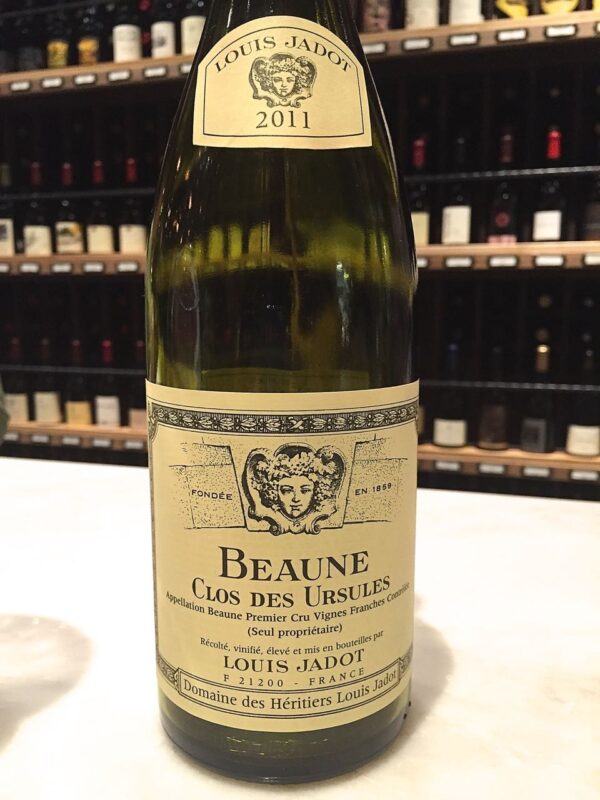
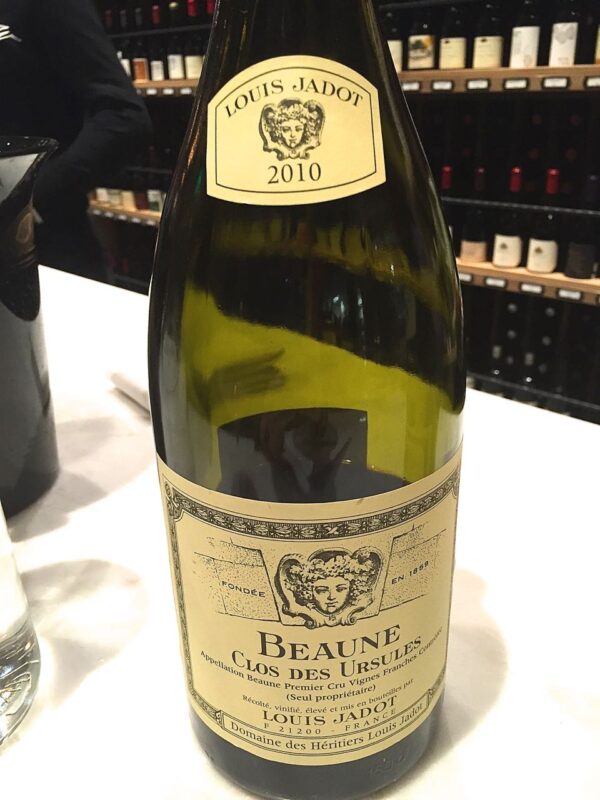
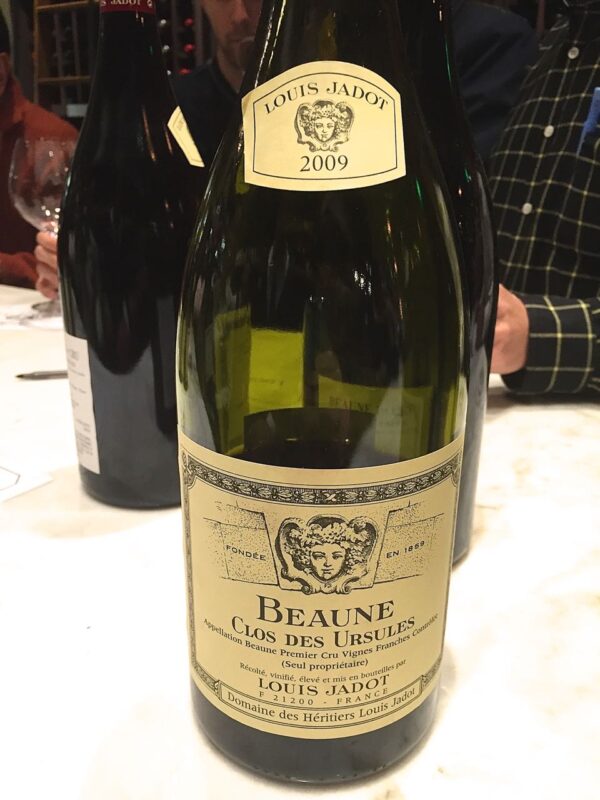
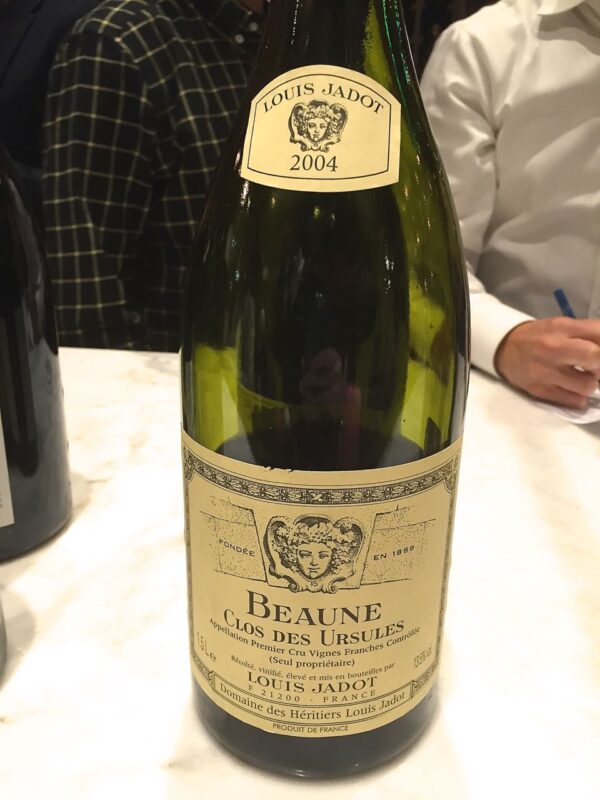
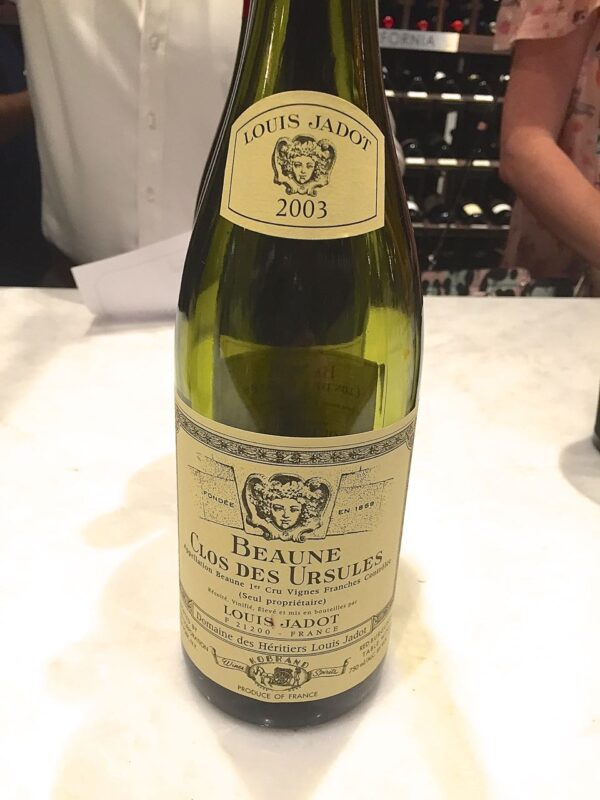
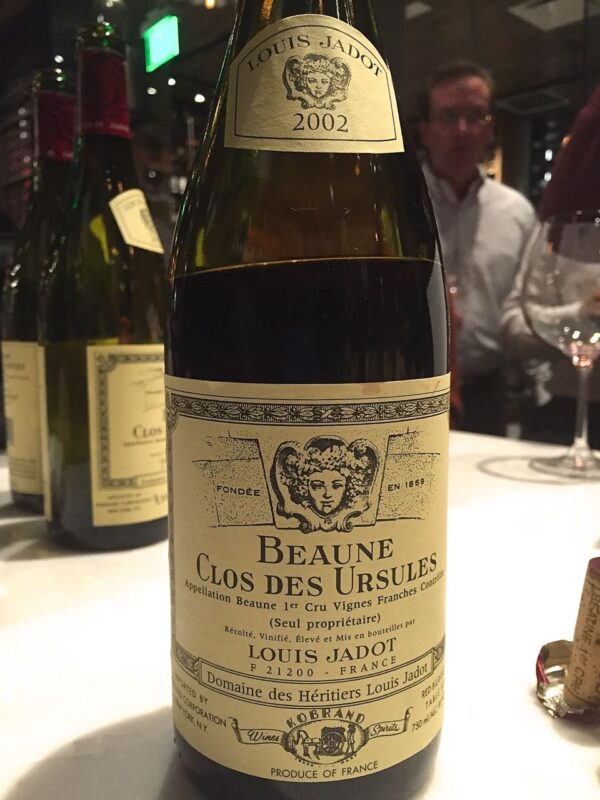

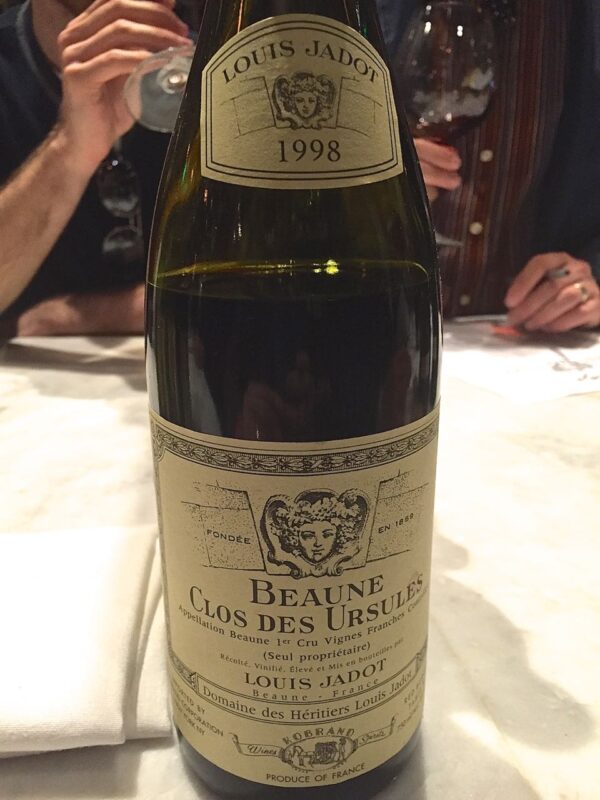
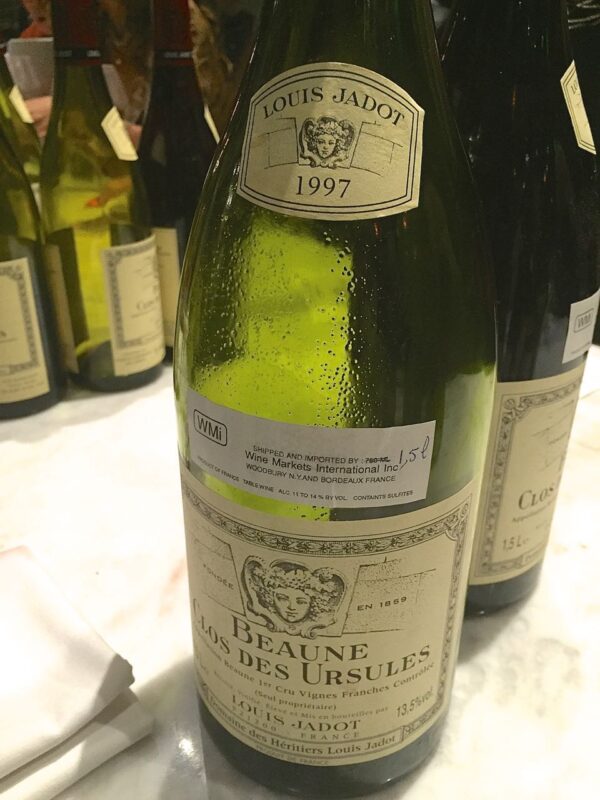
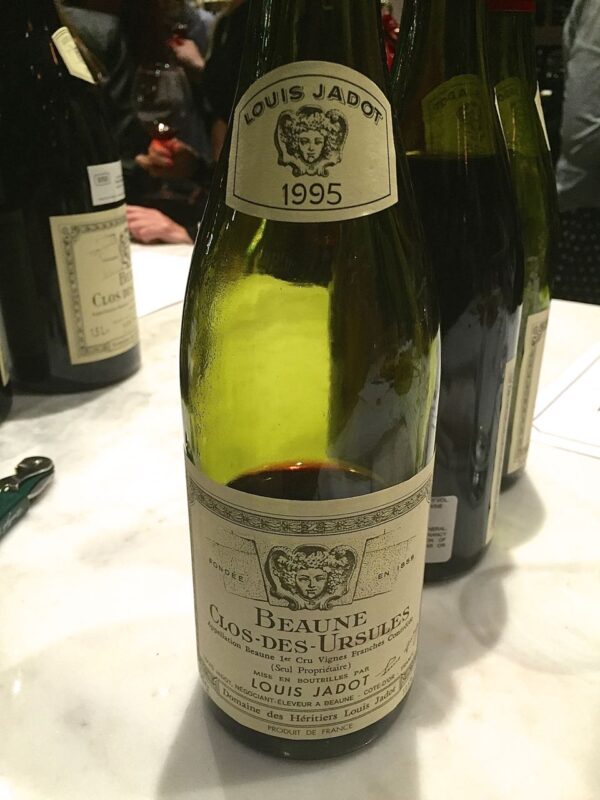
If you’re curious about purchasing these wines, visit wallywine.com.

